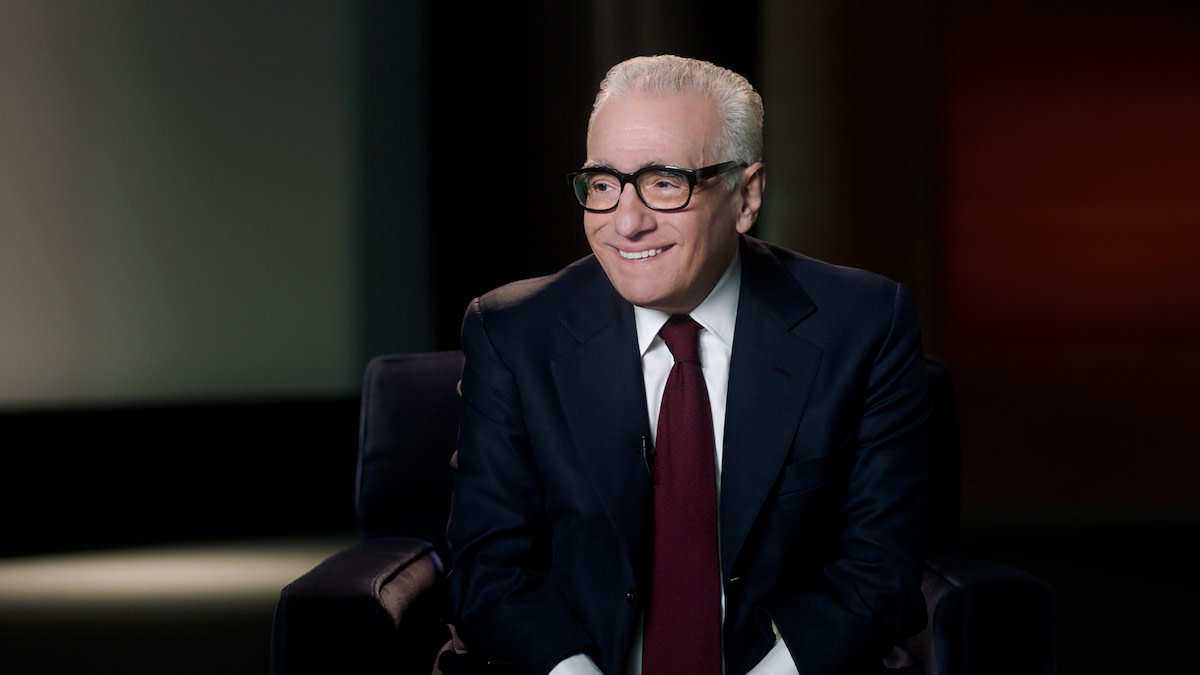Martin Scorsese’s Top 5 Sound Design Tips
Written by MasterClass
Last updated: Aug 31, 2021 • 3 min read
Music and sound effects, collectively known as sound design, can heavily influence a film’s atmosphere, tone, and overall meaning. These tips from award-winning director Martin Scorsese can help aspiring filmmakers understand how to use sound design techniques to create intense and emotionally powerful scenes that resonate with audiences.
Learn From the Best
What Is Sound Design?
Sound design is a field that involves multiple audio-related aspects of a film production. Sound designers have many responsibilities, including working with composers on the scores that will accompany a scene, supplying the right sound effects, mixing different sounds together to enhance the environment, and various other sound-related aspects of a production that all aid in the process of storytelling.
Why Is Sound Design Important?
Sound design helps set the entire mood of a film, creates tension, and adds layers to scenes that cannot be accomplished with visuals alone. Good sound design will supplement your story, and help the audience to immerse themselves in the environment you have created for them. Sound design can also give the audience clues about characters, evoking feelings towards them through music and sound effects.
Martin Scorsese’s Top 5 Sound Design Tips
Part of award-winning director Martin Scorsese’s ability to grip his viewers is due to his crafty use of sound. For example, Martin used the work of modernist composers for Shutter Island (2010), which fulfilled the sense of otherness and constant intrusions that Martin wanted for the film. On Taxi Driver (1976), Martin worked with renowned film composer Bernard Herrmann to create a score that would be at odds with the city’s rhythm and that would feel like troubled protagonist Travis’s internal rhythm. Here are Scorsese’s tips to create intense and emotionally powerful scenes that stick with the audience long after viewing.
- 1. Focus on creating the mood and atmosphere of your film. Using the right sounds, you can set a location, tone, and feeling even before you see any visuals. Sound can have a profound impact on tension, emotion, and dialogue. Martin received criticism from the sound technicians about the quality of Taxi Driver’s dialogue tracks because they contained city noise—sirens, horns, people screaming in the streets. However, this effect was precisely what Martin wanted: the sounds under and around the dialogue were part of the character of the film.
- 2. Less is more. The advancement of audio technology has brought a multitude of sound capabilities to the mixer scene. With so many options, some designers will add layers of effects that sound good, but are not conducive to the storytelling. Sometimes simple sound design is best. Martin contends that though choices in sound design have multiplied because of technological advances, this doesn’t mean you should use every sound effect possible. In fact, Martin prefers to go into the mixing room with the express objective of stripping sounds away instead of adding them. Sometimes, Martin will remove sound altogether to create a particular feeling.
- 3. Get creative. Sometimes you won’t have the budget for professional sound effects, or sometimes, even the best sound effects still aren’t capturing what you need. Martin and his sound editor on Raging Bull, Frank Warner, got imaginative with sound design. Warner used a variety of sounds—elephant trumpets and wild animal sounds, for example—to mix into the punches in the ring.
- 4. Be resourceful. Sound design isn’t just about which sound effects you use, but how you use them. In some cases, your audio design can help solve a visual problem. In Mean Streets, Martin filmed a scene in which the characters sit down at a table in a bar. Unfortunately, he didn’t capture the right angle to enable him to make the transition between a wide shot and a tighter shot of the characters approaching the table. He had to break the form, having no choice but to cut to them sitting. The jump cut didn’t work, but Martin creatively used the sound of a chair being dragged back and placed it over the cut. In the mind’s eye, you think you’ve seen them sit down, but in reality it is clever sound design.
- 5. Go with your gut. Professional sound mixers and designers may know what’s technically correct for a film, but as a filmmaker, it’s important to stand up for your vision if there is something you feel strongly about. In the pre-digital era, Martin was often warned against making the sound too loud and thus pushing it into the “red” (i.e. past the threshold of distortion). At such times, Martin has had to insist on his own instincts and impulses, pushing the sound as far as it will go before it distorts.
Want to Learn More About Film?
Become a better filmmaker with the MasterClass Annual Membership. Gain access to exclusive video lessons taught by the world’s best, including Martin Scorsese, Spike Lee, David Lynch, Shonda Rhimes, Jodie Foster, and more.
